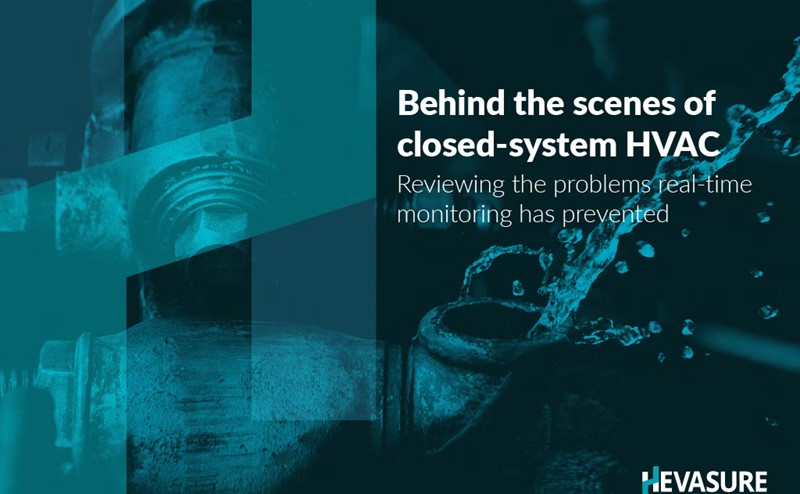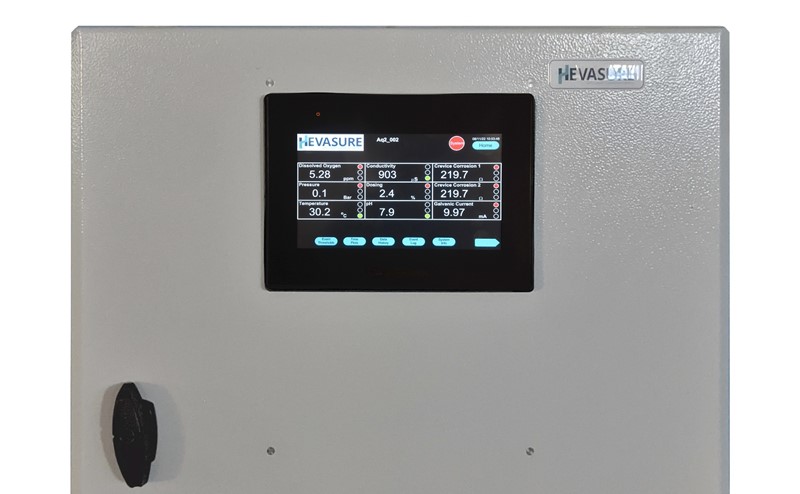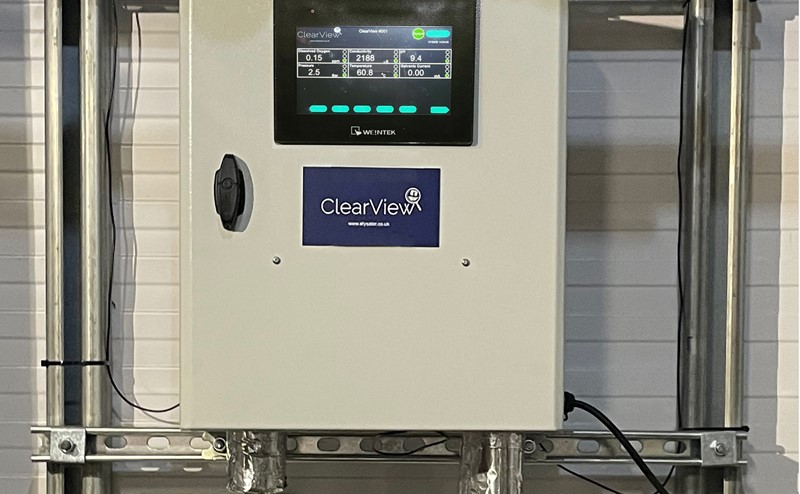
Over 50% of commercial buildings are under threat from corrosion
Behind the scenes of closed-system HVAC - new white paper from Hevasure
We have identified that over 50% of commercial buildings have potential corrosion issues in their closed-systems – the essential pipework and plant which keeps water-based HVAC operational.
In our new white paper, Behind the scenes of closed-system HVAC, Hevasure draws on the data it has collected over the last eight years from Low Temperature Hot Water (LTHW) and Chilled Water (CHW) systems. Collected using Hevasure's Aquila cloud-based monitoring technology in over 80 commercial buildings throughout the UK, including London icons such as The Scalpel and The Francis Crick Institute, we have gathered a live picture of corrosive conditions, highlighting changes in condition that would have largely gone unchecked if sampling had been the sole means of review.
The most common issue that sounded the alarm was elevated dissolved oxygen (DO), a very serious problem that leads to all types of corrosion and something that sampling can’t detect. Behind the scenes of closed-system HVAC demonstrates this and other potential issues, showcasing the benefits of a preventative, real-time, 24/7 approach and explaining what each parameter that Hevasure tracks means in terms of causational diagnosis.
For example, raised DO levels can be indicative of adverse pressurisation or fresh-water demand due to a leak or unplanned drain down. Conductivity, one of the other parameters Hevasure monitors, relates directly to chemical dosing levels, providing an insight into whether there is too much or too little in a system. By measuring these parameters, the root cause of problems can be identified and dealt with, compared to sampling which only represents a snap shot in time and focusses on the symptoms of corrosion.
What’s important to note is that because the buildings in this study had Aquila monitoring technology installed, in most cases the problem was identified before corrosion took hold, with costly downtime and repairs avoided.
Steve Munn, MD for Hevasure said: “The data we have collected since Hevasure was launched in 2014 highlights the threat closed LTHW and CHW systems are under, a threat that can be extremely damaging and expensive if left unchecked. For parties responsible for maintenance, breakdown can lead to litigation and repair bills that run into the hundreds of thousands.
“For the first time we have pulled this data together looking at all the alarms sounded by Aquila, providing a unique picture of closed-system health across the UK. While the buildings in our study have largely remained unscathed thanks to Hevasure’s intervention, what this white paper highlights, is the potential for catastrophic failure. What would have happened without real time monitoring? How many small issues would have slipped through the sampling net? How many of these ‘small’ issues would have turned into serious disasters? And if so, at what cost?
“While real-time monitoring closed systems is becoming industry best-practice thanks to recent recognition in BSRIA guides BG50 and BG29, there are still tens of thousands of commercial buildings not yet benefitting from this approach. The picture we have provided should serve as a cautionary tale for all closed CHW and LTHW systems; what disasters are waiting to happen? Ignorance is far from blissful.”
Download the white paper, here.
Hevasure expands its Aquila range
Hevasure has launched the Aquila-2 range, which includes three models designed to suit different building types, providing real-time monitoring throughout a water systems life - during precommission cleaning, at the point of handover and beyond.
Hevasure Aquila-2c uses cloud-based data storage together with a sophisticated browser-based dashboard and reporting tool to provide real-time information about a system, easily accessible via any internet enabled device.
Hevasure Aquila-2s has been specifically developed for secure environments where 'cloud' and internet communication is forbidden. Instead, all data processing is done locally and data, alarms and messaging is made available to a BMS via a BACnet interface.
Hevasure Aquila-2+ incorporates the benefits of both 2c and 2s, allowing remote access to data as well as connection to a BMS.
To find out more about the Aqulia-2 range, click here.






